 "ttyymmnn" (ttyymmnn)
"ttyymmnn" (ttyymmnn)
11/01/2016 at 12:35 • Filed to: Planelopnik, planelopnik history
 8
8
 1
1
 "ttyymmnn" (ttyymmnn)
"ttyymmnn" (ttyymmnn)
11/01/2016 at 12:35 • Filed to: Planelopnik, planelopnik history |  8 8
|  1 1 |
Welcome to This Date in Aviation History , getting of you caught up on milestones, important historical events and people in aviation from October 29 through November 1.
!!! UNKNOWN CONTENT TYPE !!!
Author’s Note:
Historians live and die by the calendar and, in nearly two years of posts, the calendar has always provided for me. Today, my luck ran out. This is the first installation of This Date in Aviation History where I don’t have one or two events, aircraft or personalities that I feel can support an in-depth treatment (deciding what is important in history is, admittedly, a very subjective undertaking). So, enjoy the Short Takeoff segments after the jump, and the long-distance flights will resume on Thursday.
In the meantime, here are some photos I’ve selected of important events and aircraft from different eras in aviation history. Since no such collection can be conclusive, and is always open to discussion or even argument (see above), please feel free to add your own contributions in the comments. And, as always, thanks for reading.
-TS
!!! UNKNOWN CONTENT TYPE !!!
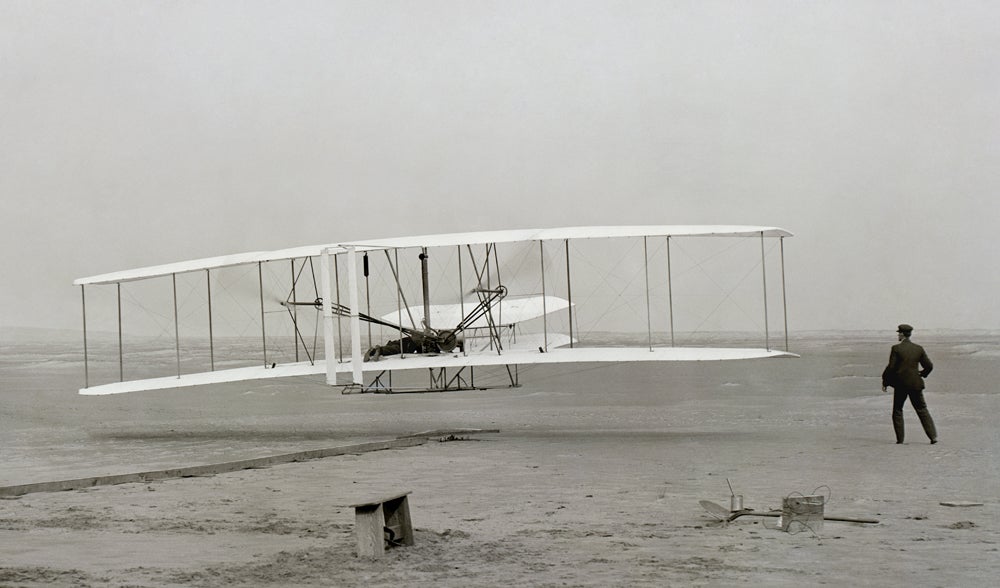
First Flight, December 17, 1903.

Curtiss JN-4 “Jennies” during WWI.
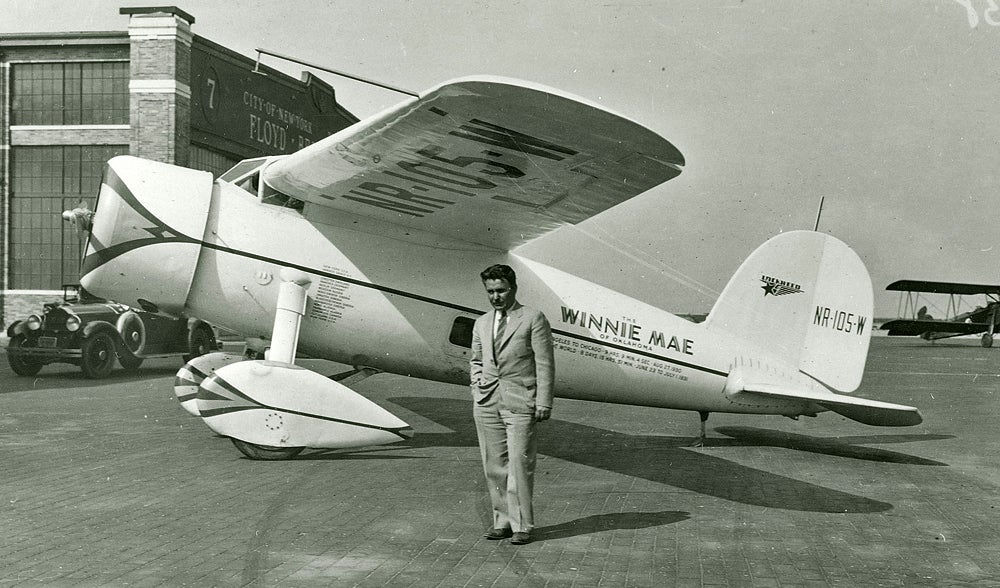
Wiley Post and his Lockheed Vega “Winnie Mae” at Floyd Bennett Field in New York in 1933.
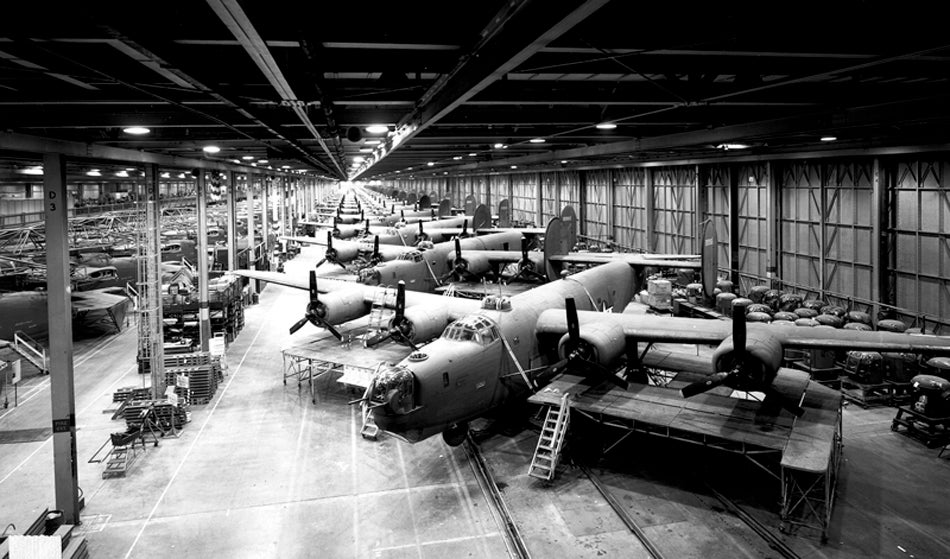
Consolidated B-24 Liberator bombers under construction at the Willow Run factory in Michigan.
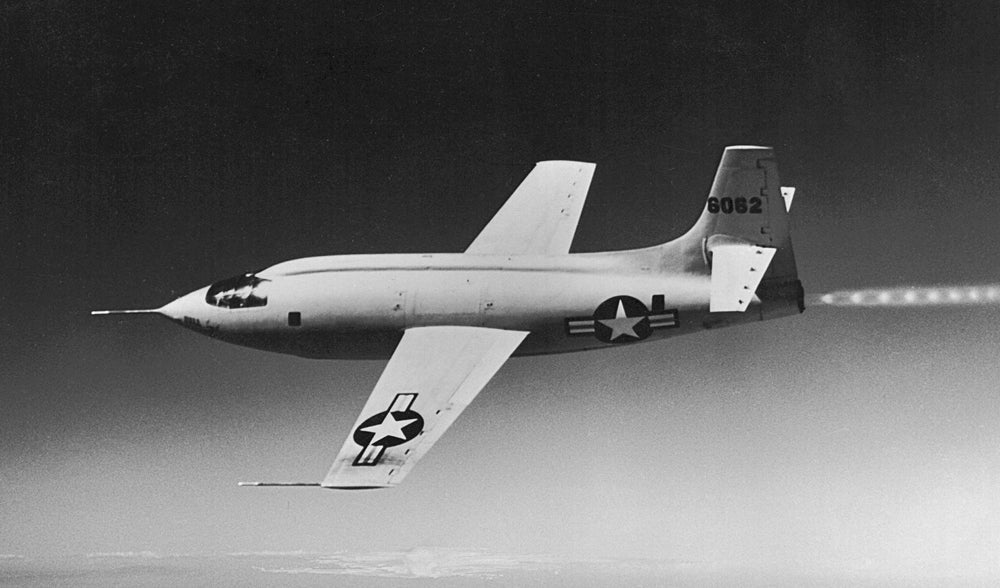
Chuck Yeager breaks the sound barrier in the Bell X-1.
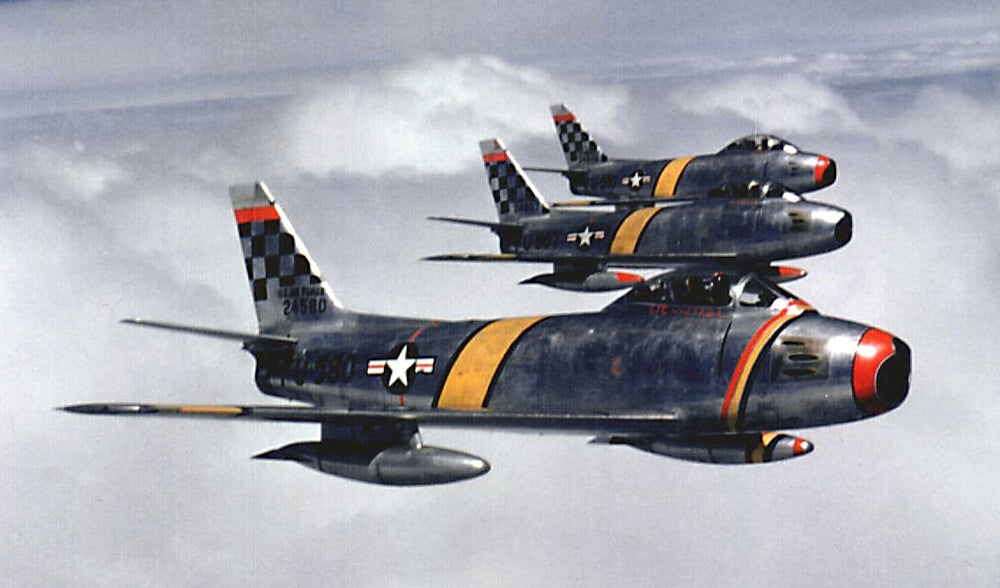
North American F-86 Sabres in the skies over Korea.
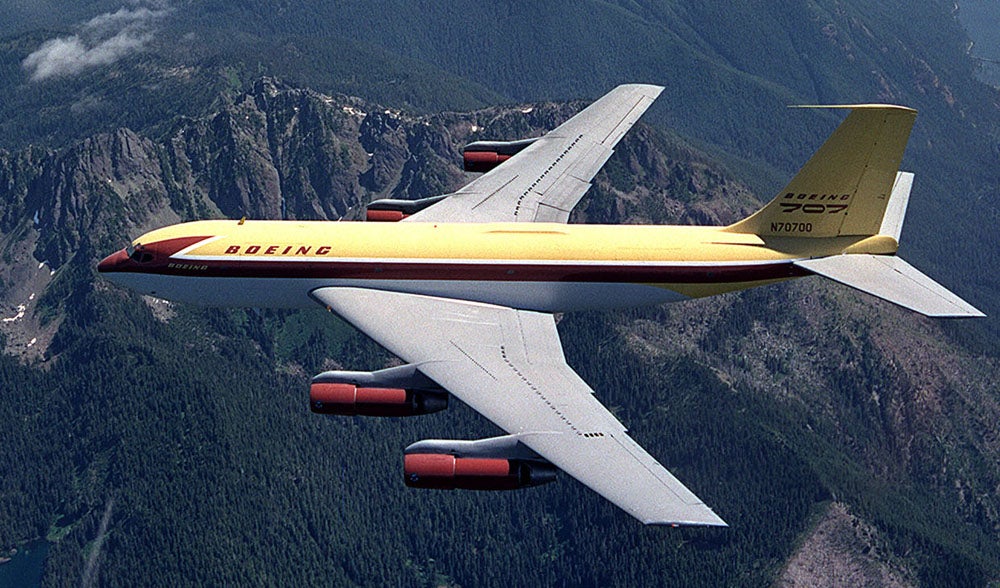
The Boeing 367-80, best known as the Dash 80, the forerunner to the Boeing 737 and KC-135 tanker.
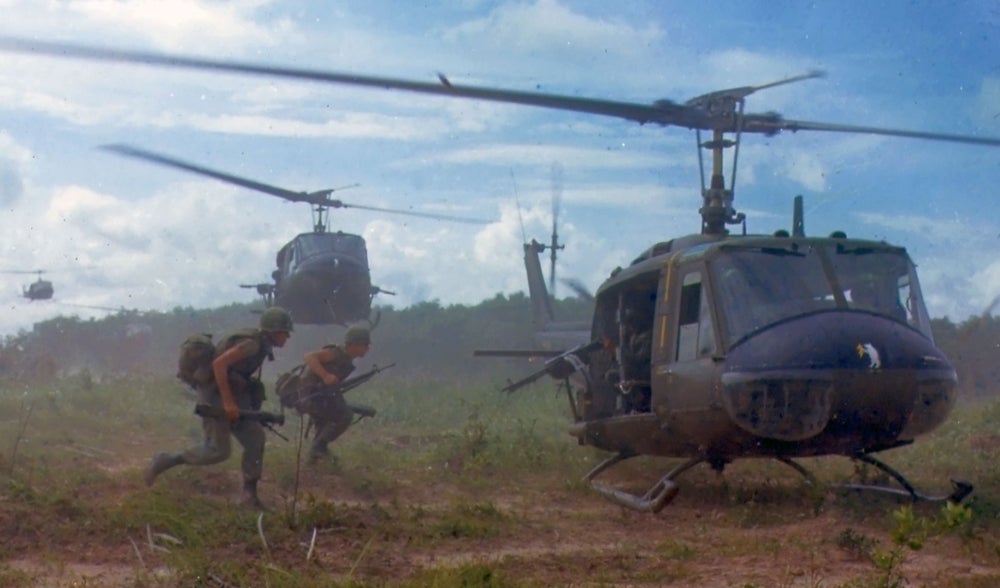
Bell UH-1 Iroquois, known best by its nickname “Huey,” in Vietnam.
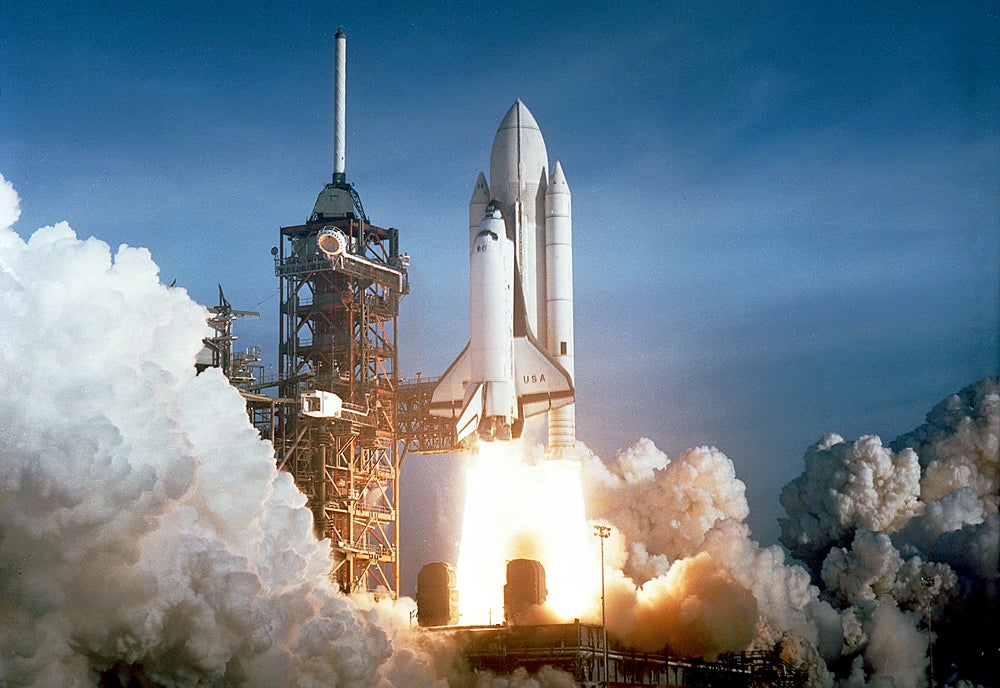
The launch of the Space Shuttle Columbia, April 12, 1981.

Lockheed F-117 Nighthawk, the world’s first operational stealth warplane.
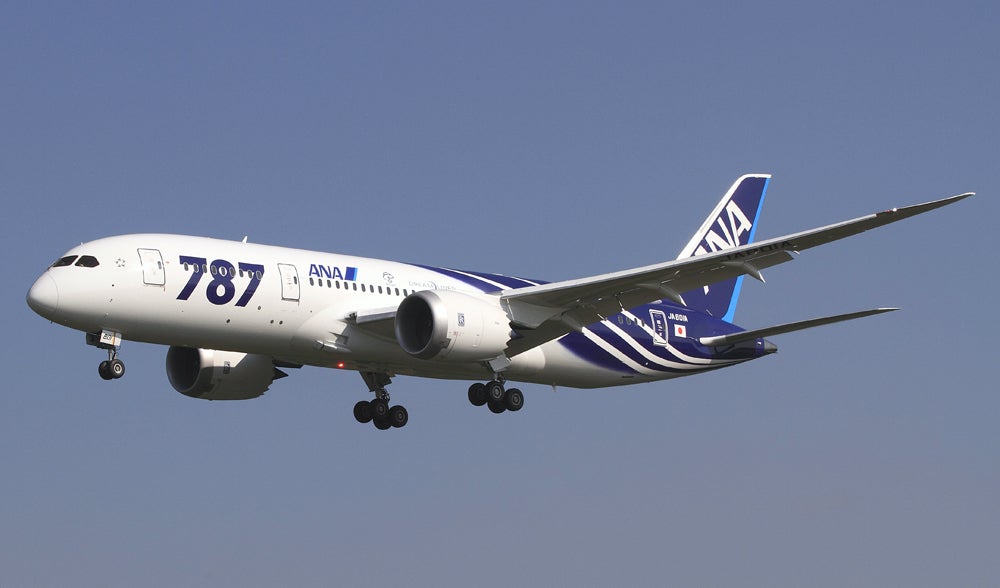
The Boeing 787 Dreamliner, a pioneer in the use of composite materials construction.
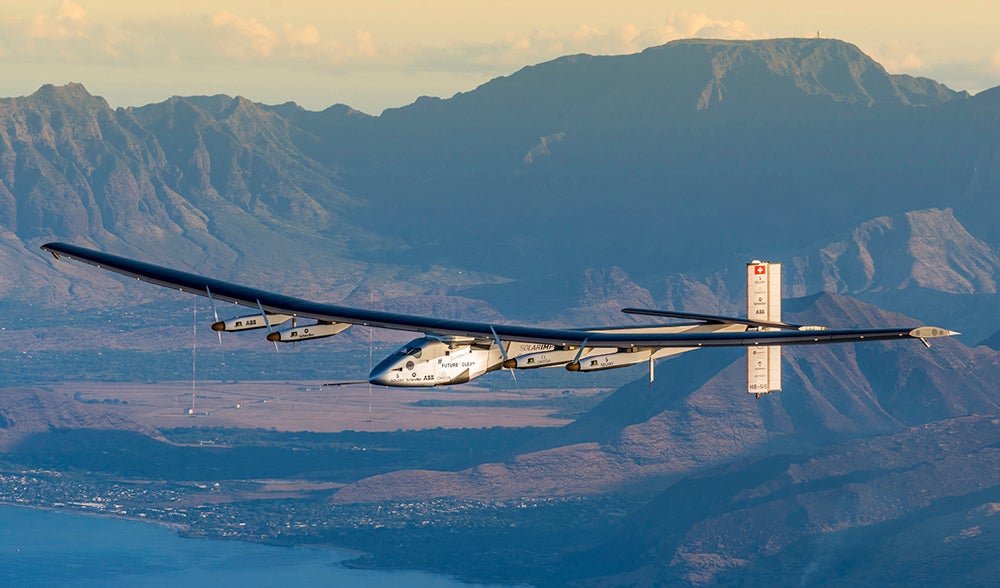
Solar Impulse 2, the first solar-powered fixed-wing aircraft to circumnavigate the globe.
!!! UNKNOWN CONTENT TYPE !!!
Short Takeoff
!!! UNKNOWN CONTENT TYPE !!!

October 29, 1998 – Astronaut John Glenn returns to space. Seventy-seven years old and a US Senator at the time, this was Glenn’s second trip to space, having previously piloted !!!error: Indecipherable SUB-paragraph formatting!!! on February 20, 1962 as part of !!!error: Indecipherable SUB-paragraph formatting!!! , becoming the fifth person and the first American to orbit the Earth (the two previous Mercury missions had been sub-orbital). With his flight on the !!!error: Indecipherable SUB-paragraph formatting!!! as part of !!!error: Indecipherable SUB-paragraph formatting!!! , Glenn became the oldest person to fly in space, but his flight was controversial, with some seeing it as no more than a political favor. However, Glenn did perform useful scientific research into geriatric studies during his nine days in orbit. (NASA photo)
!!! UNKNOWN CONTENT TYPE !!!

October 29, 1959 – The first flight of the Antonov An-24, a twin turboprop airliner that was designed to replace the aging !!!error: Indecipherable SUB-paragraph formatting!!! on short- to medium-range flights inside the Soviet Union. Like so many other Russian aircraft, the An-24 was designed to operate from rough or unimproved airstrips, and almost 1,400 were produced between 1959-1979, with some of those built under license in China. Both the civilian and military versions of the An-24 were operated by a host of nations, and many remain in service today. (Photo by Gennady Misko via !!!error: Indecipherable SUB-paragraph formatting!!! )
!!! UNKNOWN CONTENT TYPE !!!
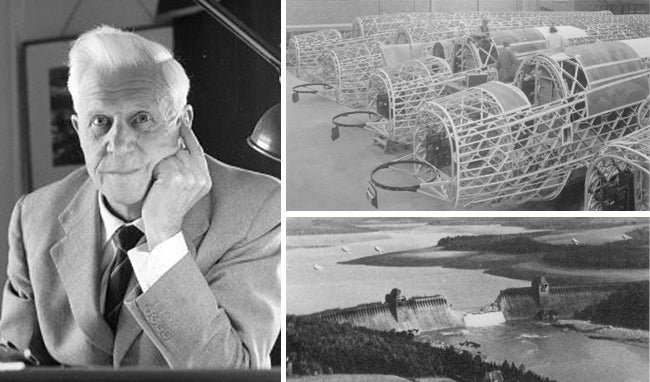
October 30, 1979 – The death of Sir Barnes Wallis. Born on September 26, 1887, Wallis was an English scientist, engineer and inventor best known for his contributions to the British war effort in WWII. Wallis pioneered the use of !!!error: Indecipherable SUB-paragraph formatting!!! to strengthen British bombers such as the !!!error: Indecipherable SUB-paragraph formatting!!! , and designed the famous skipping bombs that were used in !!!error: Indecipherable SUB-paragraph formatting!!! to destroy dams in the Ruhr Valley in an attempt to cripple German military production and disrupt hydroelectric power generation. He also developed the 6-ton !!!error: Indecipherable SUB-paragraph formatting!!! and 10-ton !!!error: Indecipherable SUB-paragraph formatting!!! bombs that were used against German U-boat pens and other hardened structures. Following the war, Wallis dedicated himself to research into supersonic flight and the use of variable geometry wings, which was later put to use in the !!!error: Indecipherable SUB-paragraph formatting!!! .
!!! UNKNOWN CONTENT TYPE !!!
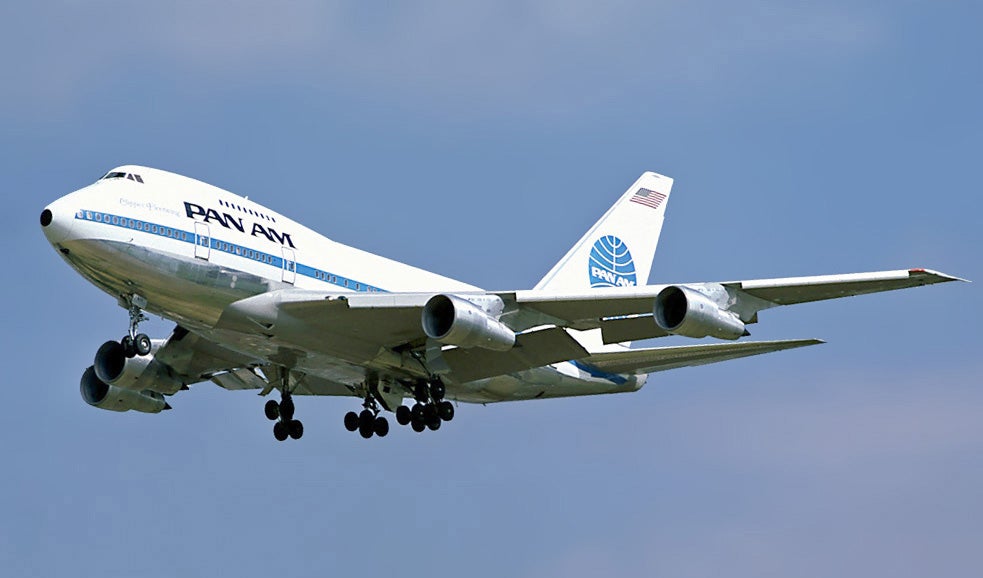
October 28-30, 1977 – Pan Am Flight 50 sets a world speed record for circumnavigation over both poles. To celebrate its 50th anniversary, !!!error: Indecipherable SUB-paragraph formatting!!! scheduled a circumnavigation of the globe that took off from San Francisco on October 28. Flight 50 flew across the North Pole to London, then on to Cape Town, South Africa, over the South Pole to Auckland, New Zealand, then back to San Francisco, hoping to break the previous record set in 1965 by a !!!error: Indecipherable SUB-paragraph formatting!!! nicknamed Pole Cat (N322F). One hundred twenty passengers paid for the trip on board the Clipper New Horizons (N533PA), a !!!error: Indecipherable SUB-paragraph formatting!!! (Special Performance) variant shortened to increase range and speed. The flight lasted 54 hours, 7 minutes, 12 seconds, breaking Pole Cat’s record by more than 8 hours and setting six new world records. (Photo by Steve Fitzgerald via !!!error: Indecipherable SUB-paragraph formatting!!! )
!!! UNKNOWN CONTENT TYPE !!!
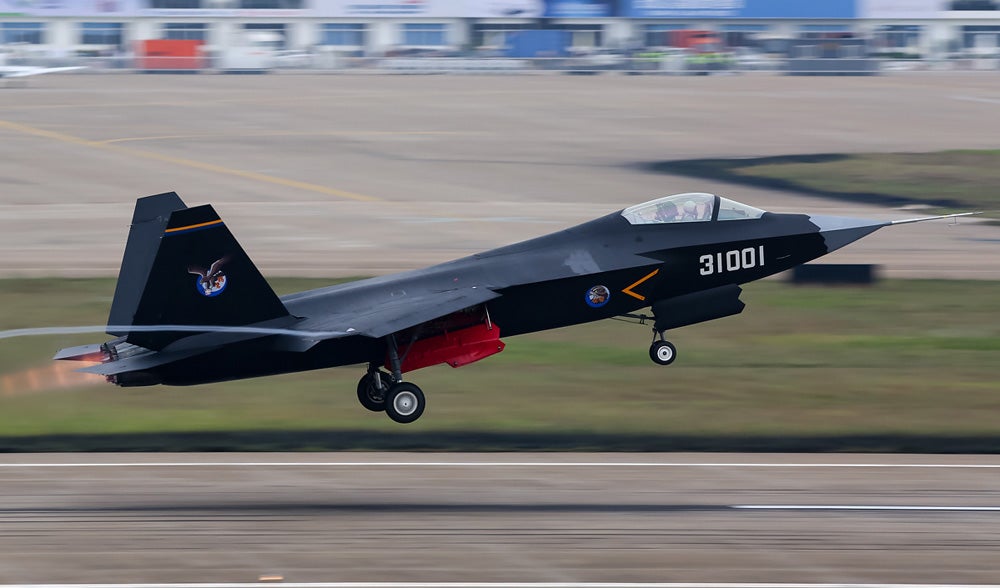
October 31, 2012 – The first flight of the Shenyang J-31, a fifth-generation multi-role fighter with stealth capability developed by the !!!error: Indecipherable SUB-paragraph formatting!!! . Due to the secrecy of the Chinese government, the first photos of the completed prototype weren’t seen by the West until September 2012. The J-31 was unveiled to the public at the Zhuhai Airshow in November 2014, and it is still unclear whether or not the J-31 will be developed for naval use, and some countries, notably Pakistan, have expressed interest in obtaining the fighter. The full capabilities of the new fighter are not yet known, but it will most likely be an immediate match to American fourth-generation fighters, and possibly fifth-generation fighters such as the !!!error: Indecipherable SUB-paragraph formatting!!! and !!!error: Indecipherable SUB-paragraph formatting!!! . (Photo by WC via !!!error: Indecipherable SUB-paragraph formatting!!! )
!!! UNKNOWN CONTENT TYPE !!!

October 31, 2000 – The first crew to man the International Space Station (ISS) launches from Baikonur Cosmodrome in Kazakhstan. The mission, named !!!error: Indecipherable SUB-paragraph formatting!!! , had a three-man crew commanded by American astronaut !!!error: Indecipherable SUB-paragraph formatting!!! and included Russian cosmonauts !!!error: Indecipherable SUB-paragraph formatting!!! and !!!error: Indecipherable SUB-paragraph formatting!!! , both of whom had long-duration space experience on board the Russian space station !!!error: Indecipherable SUB-paragraph formatting!!! . Expedition 1 lasted 136 days, during which time the crew activated systems on board the !!!error: Indecipherable SUB-paragraph formatting!!! and unpacked equipment for future missions. The !!!error: Indecipherable SUB-paragraph formatting!!! has been continuously inhabited ever since. (NASA photo)
!!! UNKNOWN CONTENT TYPE !!!
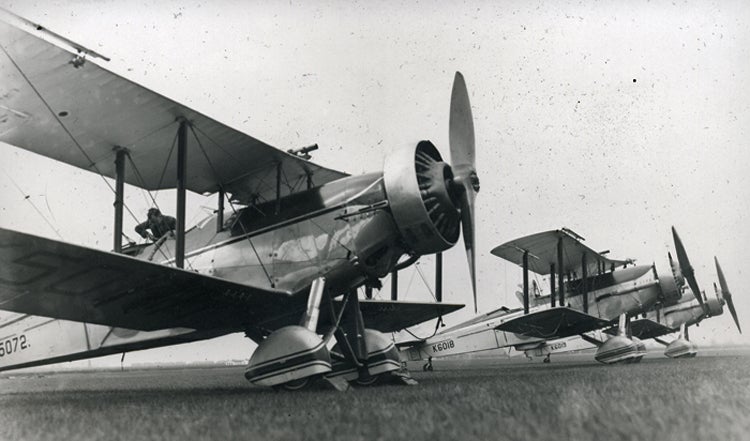
October 31, 1931 – The first flight of the Westland Wallace, a two-seat biplane developed for the Royal Air Force during the period between the World Wars. Building on the success of the earlier !!!error: Indecipherable SUB-paragraph formatting!!! , the Wallace featured a lengthened fuselage and more powerful engine, while the Wallace Mk II had spatted wheels and an optional enclosed cockpit. The Wallace entered service in 1933 where the majority flew with the Auxiliary Air Force and served in all manner of roles. During the !!!error: Indecipherable SUB-paragraph formatting!!! of 1933, a Wallace was the first aircraft ever to fly over Mount Everest. Though it was obsolete at the outbreak of WWII, the Wallace continued to serve as a target tug and trainer for aircraft radio operators. (UK Government photo)
!!! UNKNOWN CONTENT TYPE !!!
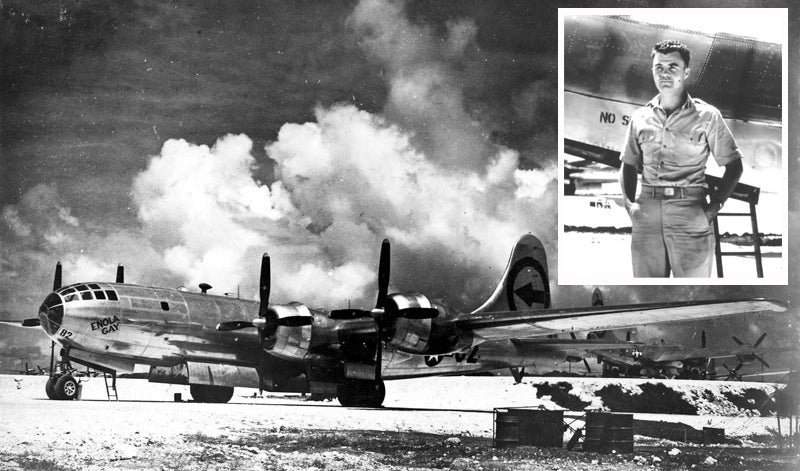
November 1, 2007 – The death of Paul Tibbets. Tibbets was born in Quincy, Illinois on February 23, 1915, and enlisted in the US Army in 1937, qualifying as a pilot a year later. As the commanding officer of the !!!error: Indecipherable SUB-paragraph formatting!!! , Tibbets flew the lead !!!error: Indecipherable SUB-paragraph formatting!!! in the first daylight heavy bomber mission over occupied Europe in July 1942. After returning to the US to assist with the development of the !!!error: Indecipherable SUB-paragraph formatting!!! , Tibbets became commander of the !!!error: Indecipherable SUB-paragraph formatting!!! which was tasked with dropping the nuclear bombs on Japan, and piloted the !!!error: Indecipherable SUB-paragraph formatting!!! when it dropped the !!!error: Indecipherable SUB-paragraph formatting!!! atomic bomb on Hiroshima. Tibbets was also involved in the development of the !!!error: Indecipherable SUB-paragraph formatting!!! , and retired from the US Air Force with the rank of brigadier general in 1966. (US Air Force photos)
!!! UNKNOWN CONTENT TYPE !!!
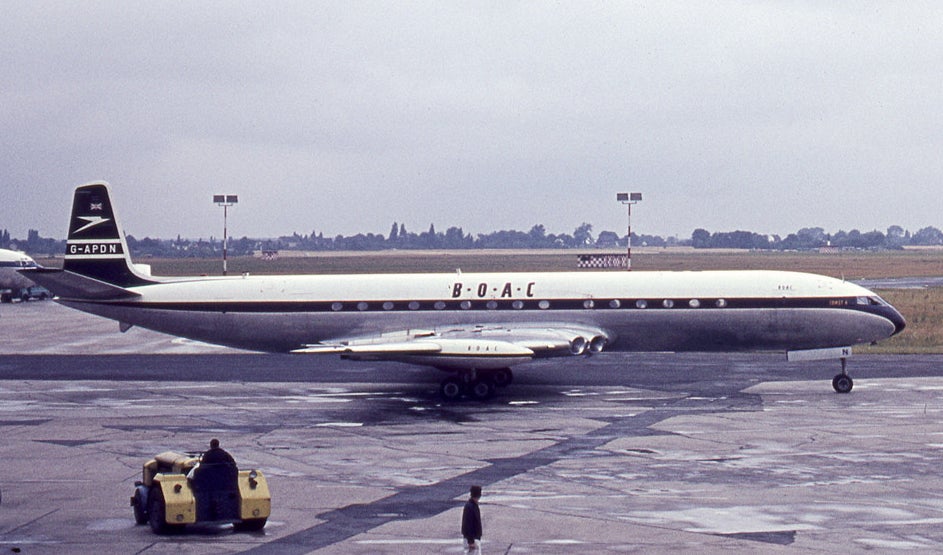
November 1, 1957 – The de Havilland Comet returns to service. When the !!!error: Indecipherable SUB-paragraph formatting!!! entered service in 1952 with !!!error: Indecipherable SUB-paragraph formatting!!! (BOAC), it was the world’s first commercial jet-powered airliner. However, two Comets broke up in midair in 1954 with the loss 56 passengers and crew. The fleet was grounded for testing and, after extensive water tank testing, the Comet was found to be susceptible to metal fatigue from pressurization, particularly around its large windows. All remaining and new Comets were fitted with strengthened fuselages and new oval windows, and the problem was solved. Though sales never completely recovered, the Comet went on to a successful 30-year career of service. (Photo by Ralf Manteufel via !!!error: Indecipherable SUB-paragraph formatting!!! )
!!! UNKNOWN CONTENT TYPE !!!
Recent Aviation History Posts
!!! UNKNOWN CONTENT TYPE !!!
!!! UNKNOWN CONTENT TYPE !!!
!!! UNKNOWN CONTENT TYPE !!!
!!! UNKNOWN CONTENT TYPE !!!
!!! UNKNOWN CONTENT TYPE !!!
If you enjoy these Aviation History posts, please let me know in the comments. And if you missed any of the past articles, you can find them all at !!!error: Indecipherable SUB-paragraph formatting!!! .
!!! UNKNOWN CONTENT TYPE !!!
 thebigbossyboss
> ttyymmnn
thebigbossyboss
> ttyymmnn
10/21/2016 at 23:53 |
|
Interesting stuff.